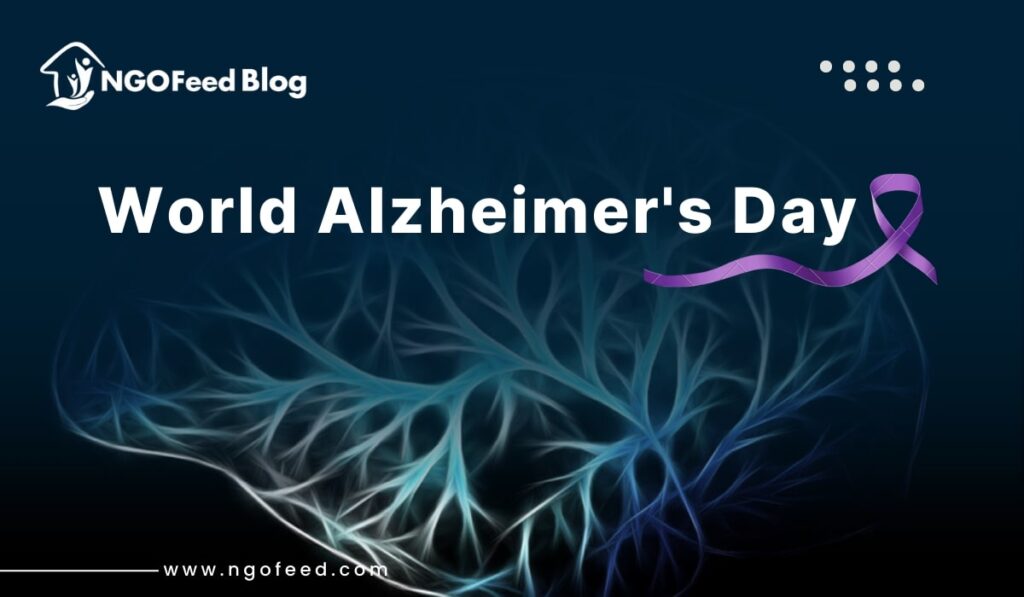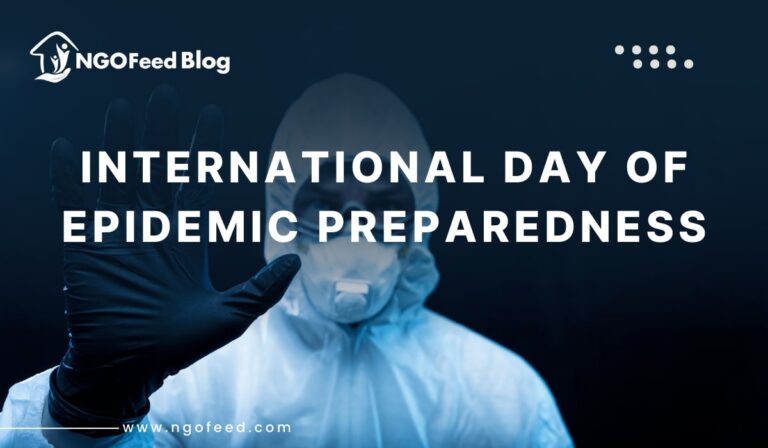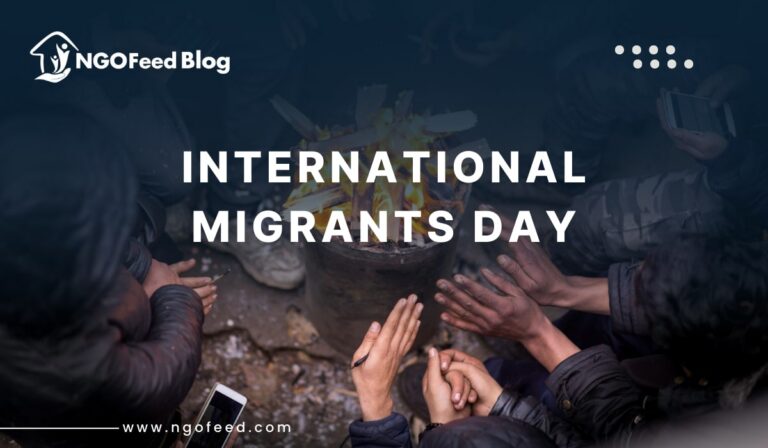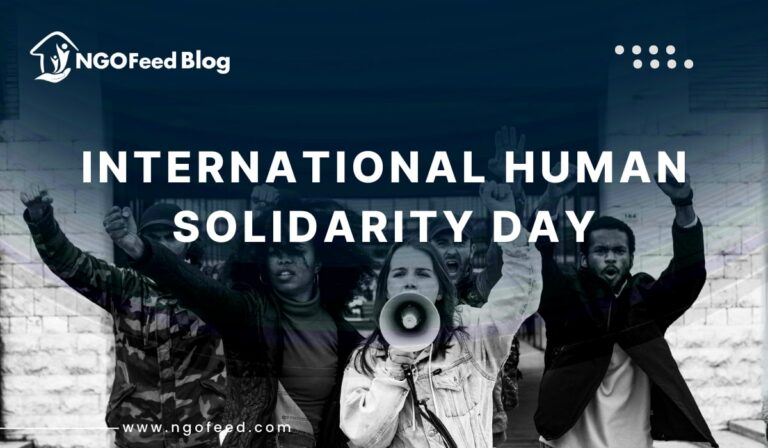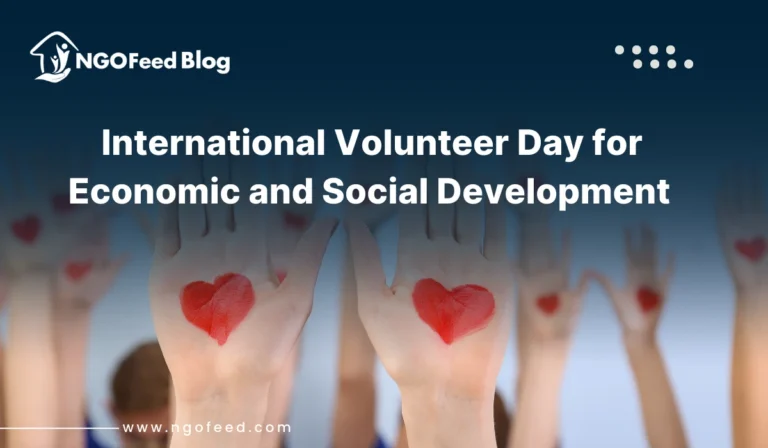World Alzheimer’s Day is observed every year on September 21 to raise awareness about Alzheimer’s disease and other associated dementias. Degenerative brain illness Alzheimer’s progressively degrades memory, cognitive abilities, and the capacity to execute everyday tasks. Leading cause of dementia, which is now among the most urgent public health problems of the twenty-first century, it is also.
World Alzheimer’s Day offers a forum for:
- Inform individuals about the illness and its symptoms.
- Lower stigma connected with dementia.
- Help families and caregivers.
- Emphasize the value of early diagnosis and preventative care.
- Promote studies on possible treatments, management, and cures.
Governments, NGOs, health professionals, and communities together reaffirm their duty to create an inclusive, caring world for those with dementia by devoting this day to awareness and action.
Table of Contents
World Alzheimer’s Day 2025 Origins and History
Originally established in 1994 by Alzheimer’s Disease International (ADI) in partnership with the World Health Organization (WHO) to commemorate ADI’s tenth anniversary, World Alzheimers Day The day has developed into a global campaign that raises awareness and supports advocacy since then.
Thus, increasing the worldwide call for knowledge, research, and care, in 2012 the project was extended to encompass the whole month of September as World Alzheimer’s Month. Every year September since then sees a slew of global initiatives, memory walks, seminars, and public talks meant at bringing the world together in the battle against dementia.
What is Alzheimer’s Disease?
A progressive neurological illness called Alzheimer’s disease causes brain cells to shrink (atrophy) and ultimately perish. Usually starting with minor memory loss and disorientation, it progressively develops to severe impairments in personality, judgment, and thinking.
Also Read: WHO Global Nutrition Targets 2025
Main Facts:
- It makes up sixty to seventy percent of all dementia cases globally.
- Globally, more than 55 million people are living with dementia (WHO, 2023), with almost 10 million new cases discovered annually.
- Among seniors, it ranks among the main causes of disability and dependence.
- Although early-onset cases also occur, the bulk of Alzheimer’s patients are above 65 years.
Normal Symptoms:
- Loss of memory, particularly recent happenings.
- Problems with problem-solving, decision-making, or finishing regular chores.
- Time, location, or environment uncertainty.
- Retirement from social events.
- Personality shifts, sadness, and mood swings.
- Later phases see an inability to communicate or recognize family members.
Factors and Causes of Risk:
- Age is a risk factor that increases beyond 65.
- Genetics (familial history and particular genes such as APOE-e4).
- lifestyle elements, including cigarette smoking, alcohol consumption, lack of exercise, and a bad diet.
- Persistent health problems, including obesity, hypertension, diabetes, and cardiovascular disease.
World Alzheimer’s Day 2025 Themes
Every year, ADI reveals a topic directing awareness efforts:
Highlighting how early diagnosis, risk reduction, and intervention could dramatically alter the path of dementia, 2024 Theme is “Never too early, never too late.”
2025 Theme (expected): Although not yet formally announced, it is expected that early action, caregiving assistance, and community resilience will continue to be emphasized. with WHO’s Dementia Global Action Plan.
Also Read: WHO Mental Health Action Plan to 2030 & Beyond
World Alzheimer’s Day Relevance
World Alzheimer’s Day is about human dignity rather than just medical knowledge; its significance is found in a few major areas:
- Expected to afflict more than 139 million people by 2050, Alzheimer’s and dementia is a rising worldwide burden.
- Often the main caregivers, families struggle with emotional distress, burnout, and financial hardship.
- Many patients and families experience social isolation caused by discrimination and misperception.
- Early diagnosis enables improved planning, therapy, and quality of life by means of early detection.
- Driving study: Investments in non-pharmacological therapies, drug development, and neuroscience research are driven by advocacy and knowledge.
How it is seen all over the globe
Through several events, World Alzheimer’s Day is honored:
- Awareness and Memory Walks help communities to express support for patients and caregivers by means of symbolic walks.
- Early discovery is promoted via free memory clinics and diagnostic camps.
- Public campaigns use discussions, webinars, radio shows, documentaries, and posters to disseminate correct information.
- Caregiver seminars, counseling sessions, and peer support groups assist in lowering stress and isolation.
- Official Alzheimer’s awareness hue, purple, is used to highlight famous monuments and structures.
- Educational Activities: Schools, universities, and businesses hold events to increase awareness of brain health.
Function of Organizations and NGOs
Many local and worldwide groups labor relentlessly to help Alzheimer’s patients and their families:
- Leading worldwide policy creation and lobbying, Alzheimer’s Disease International (ADI) is a federation of Alzheimer’s organizations in over 100 nations.
- National Alzheimer’s Organizations (India, UK, USA, etc.): Run memory clinics, support programs for caregivers, and awareness campaigns.
- Local groups offer financial help, counseling, home-based care, and respite care for families.
- Include dementia in worldwide health policies, therefore guaranteeing it is treated as a top priority.
- Research institutions carry out genetic investigations, clinical trials, and studies on pharmaceutical interventions using universities and hospitals.
Also Read: Accelerating Gender Equality (SDG 5) in India by 2025
Personal Contributions to the Movement
Everyone can influence by:
- Learning about dementia and others.
- Being in support of carers and families.
- Volunteering with regional health programs and nonprofits.
- Encouragement of brain health via lifestyle modifications:
- Regular exercise.
- Healthy, balanced food—the Mediterranean diet is sometimes advised.
- Taking part in intellectually stimulating activities like reading, puzzles, or learning fresh skills.
- remaining in social contact.
- Keeping blood pressure, diabetes, and cholesterol under control.
Importance of the Purple Ribbon
Alzheimer’s awareness is now universally represented by the purple ribbon. Reminding society of the necessity to treat those experiencing cognitive impairment and memory loss with respect and compassion, the color purple symbolizes dignity, compassion, and sensitivity.
Conclusion
World Alzheimer’s Day, observed on 21 September, reminds us of the urgent global challenge posed by dementia and the human stories behind the statistics. It calls for greater compassion, awareness, and action—because Alzheimer’s does not just affect patients, but entire families and societies. By spreading knowledge, supporting caregivers, and promoting brain health, the world can move towards reducing stigma, strengthening care systems, and eventually finding a cure.
As societies age and the burden of dementia grows, the message of World Alzheimer’s Day becomes even more critical: we must never forget those who can no longer remember.
Also Read: Role of Indian NGOs in UN SDGs
Frequently Asked Questions (FAQs)
Q1. What is the difference between Alzheimer’s and dementia?
Dementia is an umbrella term for cognitive decline, while Alzheimer’s is the most common cause of dementia.
Q2. Can Alzheimer’s disease be cured?
No cure exists yet, but treatment and lifestyle interventions can slow progression and improve quality of life.
Q3. Is Alzheimer’s a normal part of aging?
No. Memory lapses may occur with aging, but Alzheimer’s is a disease that significantly impairs daily life.
Q4. How can I lower my risk?
By maintaining a healthy lifestyle: balanced diet, physical activity, brain exercises, social connections, and managing chronic health conditions.
Q5. What should families do if they suspect Alzheimer’s in a loved one?
Consult a doctor immediately for screening and diagnosis. Early detection helps in treatment planning.

